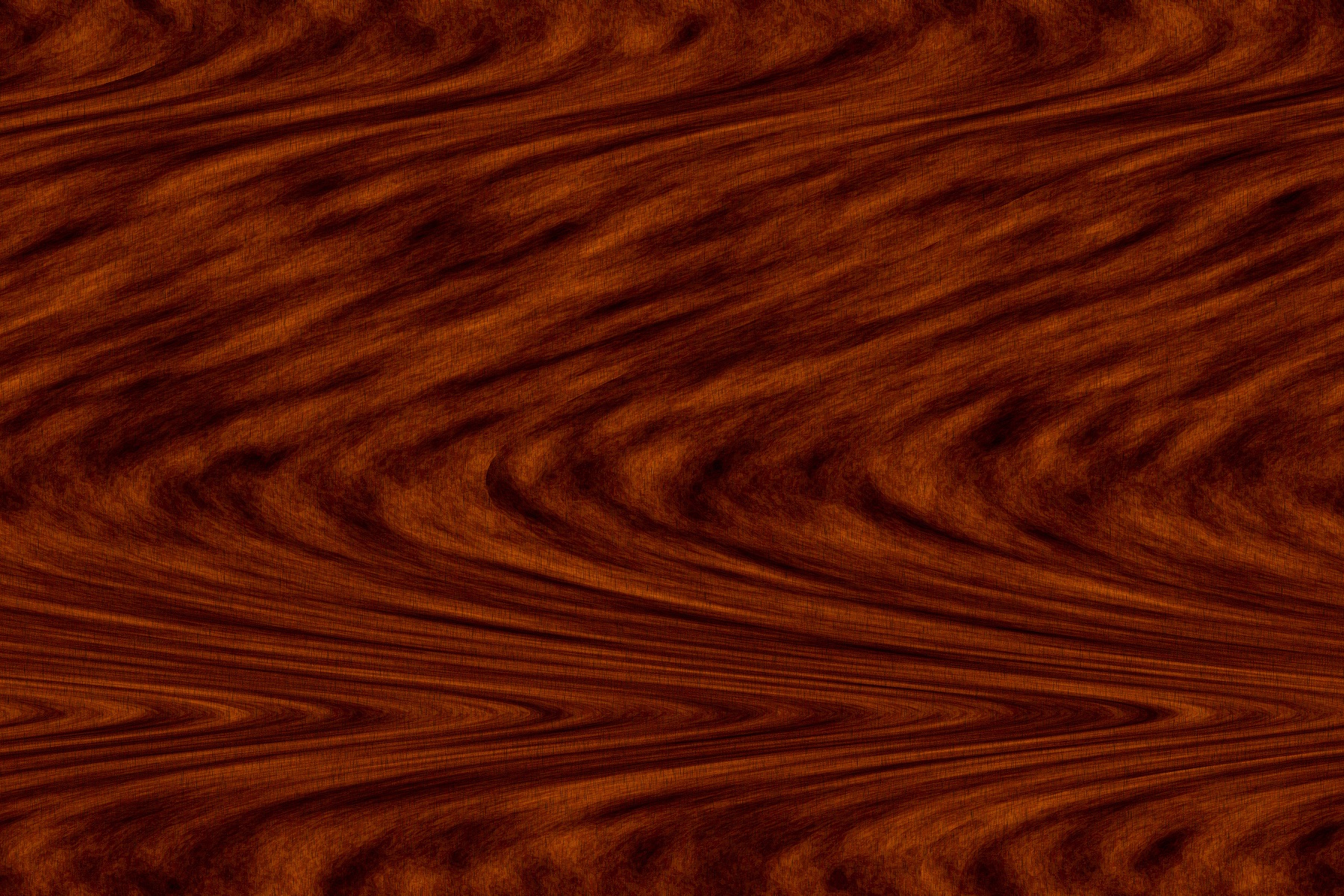
Tropical. Height 125 feet. Trunk Diameter 3 to 4 feet. Distribution: primarily from the tropical zone of Mexico, Central America and South America. There are approximately seven species in the rosewood family associated with lumber production, some found in India, Madagascar and Africa. Brazilian rosewood is considered superior to all.
Brazilian rosewood grows in the damp riverside areas of Brazil`s tropical forests, in iron rich soil. The heart of the tree is prized for its rich, exciting deep red color. Rosewood has many fine characteristics. It is hard, shock resistant, flexilble stable and strong. It is fairly easy to work, bend and glue; it machines and veneers well. It polishes to a high sheen due to its oily nature. It stands up to years of constant handling. Like many other tropical woods, it is so heavy the logs can hardly float in water. The single most desireable feature of rosewood is its exquisite color and its exotic patterning. The color ranges from deep purple black through dark chocolate red with ebony colored steaking. It has striking, wild, wavy markings, often mirror-imaged like a Rorschack blot test. Its unpredictable, irregular striped pattern makes it almost impossible to "match". This actually adds to its prestige and excitement.
Brazilian rosewood is very rare and very expensive. It had its heyday in the mid 1800`s when it was available and somewhat affordable. Today it is too expensive. Compare the prices of Brazilian rosewood with teak. In thirty years teak has not quite doubled in price. In the same thirty years rosewood has increased ten times in price! Brazilian is close to unavailable at any price, due to many factors: the lack of a good forestry program, past exploitation, a strict export embargo and the use of prime growing land for coffee plantations. The plight of rosewood, today, serves as a forerunner of what will happen to most other exotic species without careful international planning.
When it was more available, rosewood was used in fine paneling, cabinetry and furniture. It was used in marquetry and inlay and as detailed design elements in billiard cue butts, knife handles, brush backs and other fine tools and implements. Curiously it was often used in carpently tools such as spirit levels and plane handles. In furniture it was, and still is, used in table tops and cutlery cabinets and boxes. Because rosewood tolerates much constant handling, a traditional use has always been for musical instruments: percussion keys, violins and especially piano cases. Brazilian rosewood was the premier choice for the superb mid-Victorian pianos of the Old South-New Orleans and Natchez.
